Common mode rejection ratio of operational amplifier
Time:2022-09-03
Views:1839
Common mode rejection ratio (CMRR) is the most important specification parameter, which represents the common mode signal to be measured. The value of CMMR often depends on the signal frequency and the specified function. The CMMR function is specifically used to reduce the noise on the transmission line. For example, when measuring the resistance of a thermocouple in a noisy environment, the noise from the environment appears as an offset on two input leads, which becomes a common mode voltage signal. The CMRR instrument measures the attenuation applied to the noise.
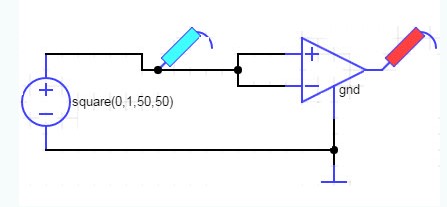
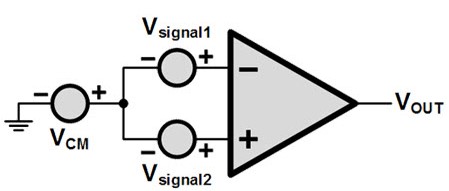
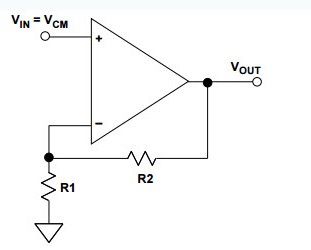 Error (RTI) = VCM / CMRR = VIN / CMRR
Error (RTI) = VCM / CMRR = VIN / CMRR
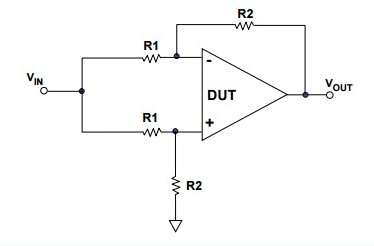
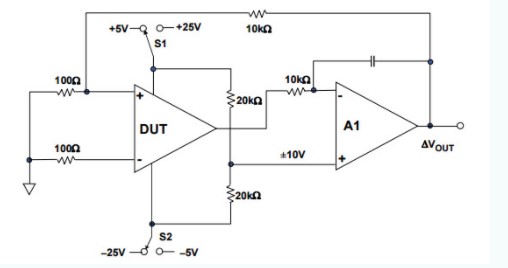
What is CMRR?
CMRR in an operational amplifier is a common mode rejection ratio. Generally speaking, the op amp is used as two input terminals, i.e. positive and negative terminals. The two inputs are applied at the same point, which will provide signals of opposite polarity at the output terminal. Therefore, the positive and negative voltages of the terminals will cancel each other, thereby generating an output voltage. An ideal operational amplifier would have infinite CMRR, limited differential gain and zero common mode gain.
The full English name of CMRR is common mode rejection ratio, the symbol is Kcmr, and the unit is dB.

CMMR = differential mode gain / common mode gain
CMRR formula
The common mode rejection ratio is formed by two inputs having the same DC voltage sign. Assuming that one input voltage is 8V and the other is 9V, here 8V is universal. The input voltage should be calculated by the V + – V - equation, and the result will be 9v-8v = 1V, but the common DC voltage between the two inputs has a non-zero gain.
The differential gain ad amplifies the difference between the two input voltages, but the common mode gain AC amplifies the common mode DC voltage between the two inputs. The ratio of the two gains is called the common mode rejection ratio, and the value is in dB. The formula of the common mode rejection ratio is calculated by the following formula:
CMRR = 20log|Ad/Ac| db
Power rejection ratio
The power supply rejection ratio is defined as the change of input offset voltage per unit DC power supply voltage change. The power supply is also calculated in dB. The mathematical formula of the power supply rejection ratio is given below:
PSRR= 20log| Δ VDc/ Δ Vio| db
Common mode rejection ratio of operational amplifier
The common mode rejection ratio is a differential amplifier, which amplifies together with the differential input. Therefore, the CMMR ratio can be applied to operational amplifiers. Use the condition of common mode rejection ratio, that is, when the two input terminals of the amplifier have the same voltage, the output of the amplifier should be zero or the amplifier should suppress the signal. The following figure shows the common mode rejection ratio amplifier of mcp601:

Offset error of operational amplifier CMRR
CMRR can establish parallel offset voltage in the operational amplifier configured in the in-phase amplifier, as shown in the following figure. The in-phase operational amplifier will have a small CMRR error because both inputs are grounded and there is no cm dynamic voltage.

Vout = [1 + R2/R1] [Vin + Vin/CMRR]
Error (RTO) = [1 + R2 / R1] [VIN / CMRR]
A simple method for measuring common mode rejection ratio
There are different methods to measure CMRR. In the figure below, Xiaobian configures the operational amplifier as four precision resistors of the differential amplifier. One signal is applied to two inputs to measure the output change, and an amplifier with infinite CMRR also has no output change.
The inherent difficulty of this circuit is that the ratio matching of resistors is as important as the CMRR of operational amplifiers. There is a 0.1% mismatch between the resistance pairs, and the result will be a CMR of 66 dB. Therefore, the CMR low frequency of most amplifiers is between 80dB and 120dB. In this circuit, it is obvious that it has little effect on measuring CMRR.

Δ Vout = Δ Vin / CMRR (1 + R2/R1)
CMRR measurement method without precision resistor
Compared with the above circuit, the following circuit is more complex, and CMRR can be measured without using a precision resistor. The common mode rejection ratio is changed by switching the power supply voltage. In fact, this circuit can be easily implemented, and by using the same circuit, different power supply voltages can be applied to measure the power supply rejection ratio.
As shown in the figure below, the power supply is from the + - 15 DUT operational amplifier, and the common mode voltage range is + - 10V. From the perspective of circuit, the integrated amplifier A1 should have high gain, low Vos and low IB, and the operational amplifier is a 097 device.

summary
It is not difficult to see that the common mode rejection ratio is defined as the absolute value of the ratio of the voltage gain of the amplifier circuit to the differential mode signal to the voltage gain of the common mode signal. Because of the need to suppress zero drift, the smaller the common mode voltage gain, the better, and the larger the differential mode voltage gain, the better.
|
Disclaimer: This article is transferred from other platforms and does not represent the views and positions of this site. If there is infringement or objection, please contact us to del |











